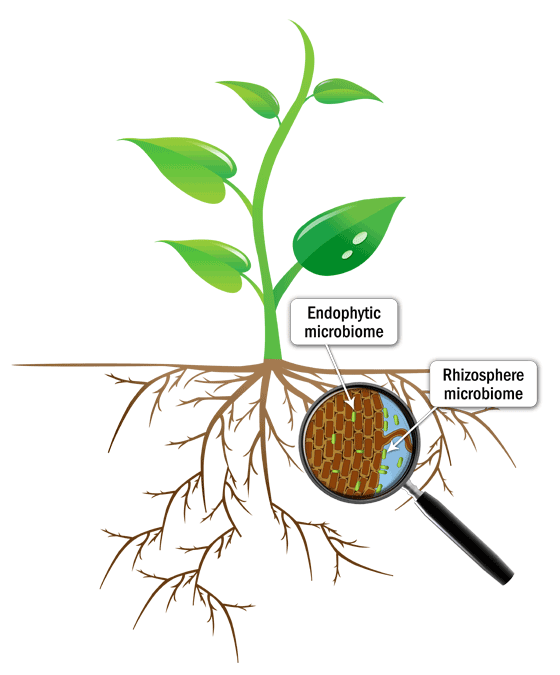
Darwin21 Motivation
To feed the world, food production has to be increased by about 50 % until the year 2050.
On the other hand, although European and American countries can reach these aims by technological advances, many countries in dry and hot zones already chronically lack the production of enough food for their own population and depend on imports and foreign aid. Considering that harvest losses by drought, salt and heat stresses amounts to approx. 60 % of total productivity, improvement of abiotic stress tolerance is the main aim in crop improvement in the world. Since plants have colonized land, they have evolved mechanisms to respond to changing environmental conditions and settle in extreme habitats.
Although many plants lack the adaptive capability to adapt to stress conditions, the ability of a variety of plants to adapt to stress conditions appears to depend on the association with rhizosphere microbes, raising a number of questions: Can all plants improve stress tolerance when associated with their appropriate rhizosphere microbial partners? What distinguishes the rhizosphere microbes and plants that are adapted to extreme environmental conditions from those living in temperature zones? Did we miss to identify the right rhizosphere partners for a given plant or crop species?
